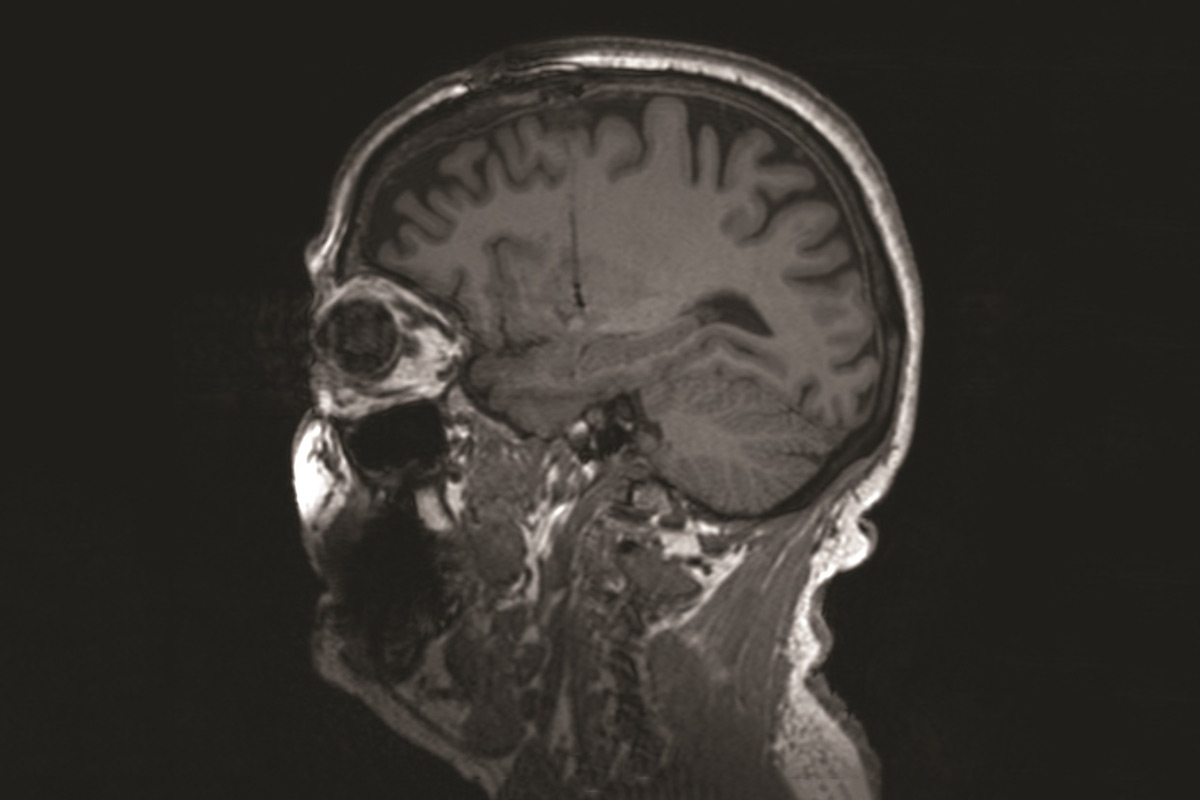Hi everyone, as promised the very first featured article of randomSTMITnews, if you're wondering what this channel is about, click here
Now onto the actual article!
Would you have pig cells implanted in your brain? Some people with Parkinson’s disease have, in the hope it will stop their disease progressing.
The approach is still in the early stages of testing, but initial results from four people look promising, with all showing some improvement 18 months after surgery. People with Parkinson’s disease, which causes tremors and difficulty moving, usually get worse over time.
The disease is caused by the gradual loss of brain cells that make dopamine, a compound that helps control our movements. Current medicines replace the missing dopamine, but their effectiveness wears off over the years.
So Living Cell Technologies, based in Auckland, New Zealand, has been developing a treatment that uses cells from the choroid plexus in pigs. This brain structure makes a cocktail of growth factors and signalling molecules known to help keep nerve cells healthy.
Neurochemical factory
Last month, surgery was completed on a further 18 people in a placebo-controlled trial, using the choroid plexus cell implants. The hope is that compounds made by these cells will nourish the remaining dopamine-producing cells in the patients’ brains, slowing further loss.
The approach has been successful in a rat version of Parkinson’s disease. “It’s putting in a little neurochemical factory to promote new nerve cell growth and repair,” says Ken Taylor of Living Cell Technologies.

Each capsule implanted in the brain contains roughly 1000 pig cells
The pig cells are placed inside a porous coating of alginate, made from seaweed, which allows growth factors to move into surrounding brain tissue, yet should stop patients’ immune cells from entering to attack the pig cells. This approach is also being used with pig pancreas cells being implanted in people with diabetes.
Each alginate capsule is about half a millimetre wide and contains about a thousand pig cells. In the first small trial, four people had 40 capsules put in one side of the brain.
Symptom moderation
The team have recorded an average improvement among these people of 14 points, measured on a 199-point scale of symptom severity, which gauges things such as how well people can walk and cut up their food. But Steven Gill at the University of Bristol, UK, says that could have been due to a placebo effect, as people improved immediately after the surgery. “Nerve cells don’t regrow that fast,” he says.
Previous work has found that Parkinson’s disease symptoms seem particularly responsive to the placebo effect, with some people showing improvements just because they expected to.
Gill also suggests that the people in the study appeared to improve so quickly because they initially exaggerated their symptom severity to get a place on the trial.
However, the improvements seen among these four people have been maintained over a long period – 18 months. People with the disease normally deteriorate by a few points a year.
The larger, placebo-controlled trial should shed more light on the matter. Its results are due in November.
Larger trial
In this ongoing trial, people have had up to 120 capsules put in both sides of their brains. “The strategy is a good idea,” says Roger Barker at the University of Cambridge, who has previously acted as the company’s scientific adviser, but isn’t involved in the current trial. “The question is how competitive that will be compared with other cell therapies.”
Another kind of cell therapy for Parkinson’s that has shown some success uses implants of dopamine-making brain cells taken from aborted fetuses. But such tissue is hard to obtain.
There are also hopes of turning adult stem cells into dopamine-producing cells. If this can be done using, for example, a patient’s skin cells, it would rule out the risk of any immune rejection of the implants.
In addition, pig brain cells are being investigated as treatments for other diseases caused by nerve cells dying, including Alzheimer’s and Huntington’s, which causes movement and cognitive problems. As the choroid plexus cells release a cocktail of different growth factors, they may prove helpful for treating these other disorders involving nerve cell damage.
One concern with such animal-to-human transplants is that viruses lying dormant within the pig DNA – called porcine endogenous retroviruses – could cross over into people and start a new disease. But this hasn’t happened so far in those who have received pig pancreas cells for diabetes.
Other teams are attempting to use the gene-editing technology CRISPR to eliminate these viruses from the pig genome.
This article is not written or owned by randomSTMITnews
Original source: https://www.newscientist.com/article/2133959-pig-brain-cells-implanted-into-brains-of-people-with-parkinsons/
This was the very first article of real news, "flying under the radar". We're very curious on how this community will respond on this kind of news. What would you like to see, did you have any idea things like this were possible/going on? Feel free to ask/comment on this article and share your thoughts with us. This is a good example which kind of articles we want to present you. Any tips and advice are always welcome.
randomSTMITnews TEAM
